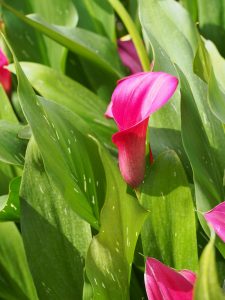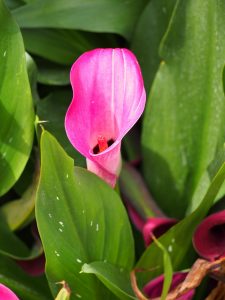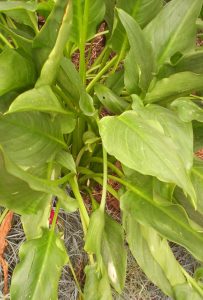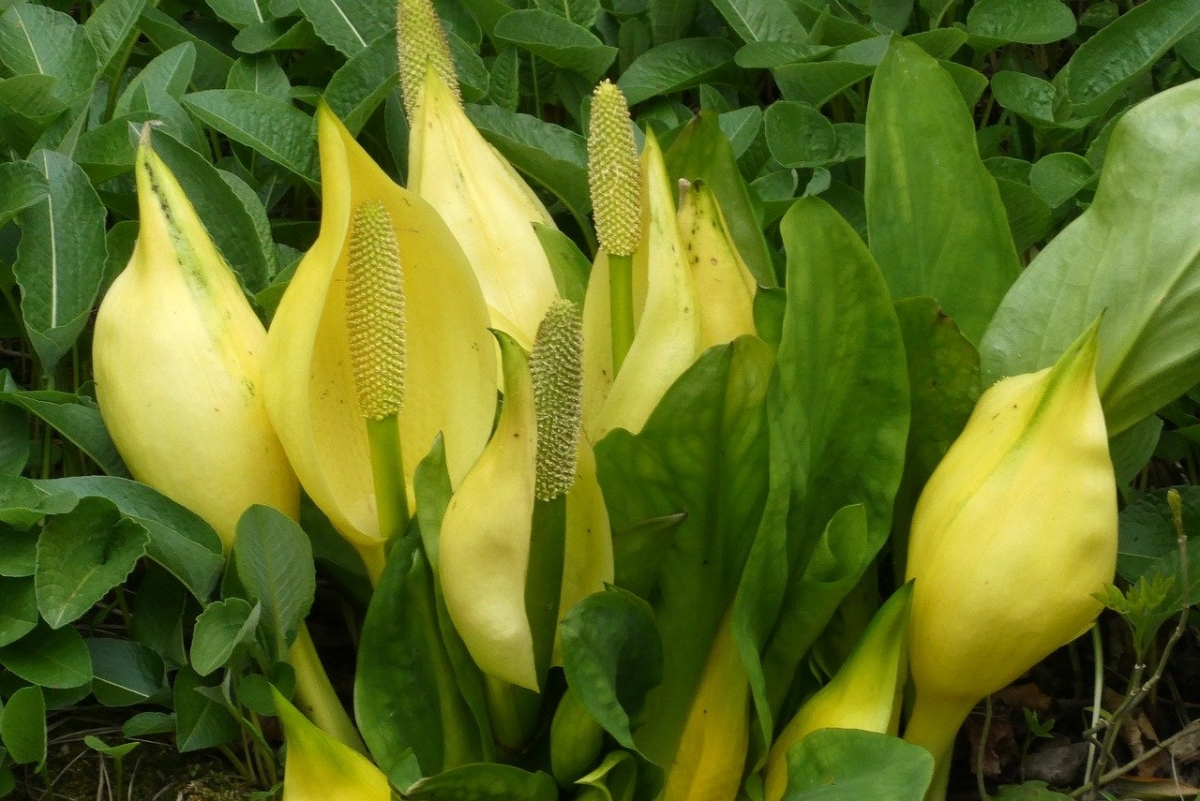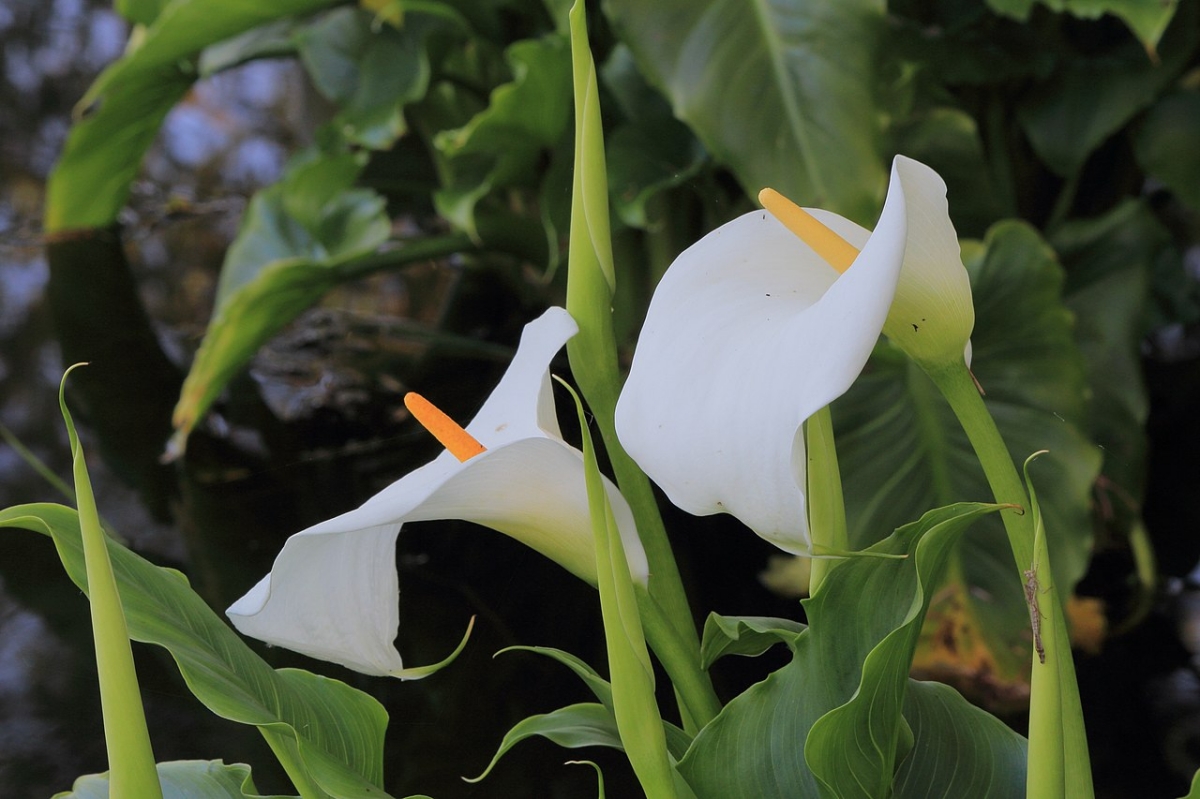
Image - Wikimedia / Dominicus Johannes Bergsma
Calla lilies are magnificent flowers: large, fragrant, and easy to care for. Although the best known of all is the one produced by the species Zantedeschia ethiopica, The truth is that there are others of which it is also interesting to talk, not in vain, there are 28 varieties, which live in southern Africa.
But sadly only a few types of coves are marketed. Even so, with them already you can have a nice collection.
Selection of calla lilies to grow in a pot or garden
Calla lilies are plants that are characterized by having dark green leaves that sprout from a stem called a petiole, which arises from the rhizome that grows underground. But although its foliage is decorative, its flowers are even more so, or rather, its inflorescence which is formed by a spadix in the shape of a yellow / orange tube surrounded by a spathe -modified leaf- white, yellow or pink.
This inflorescence is often used as a cut flower, either to later have in a vase at home, or to make bouquets. It lasts several days, although to make sure that it is, we recommend that you read this article:
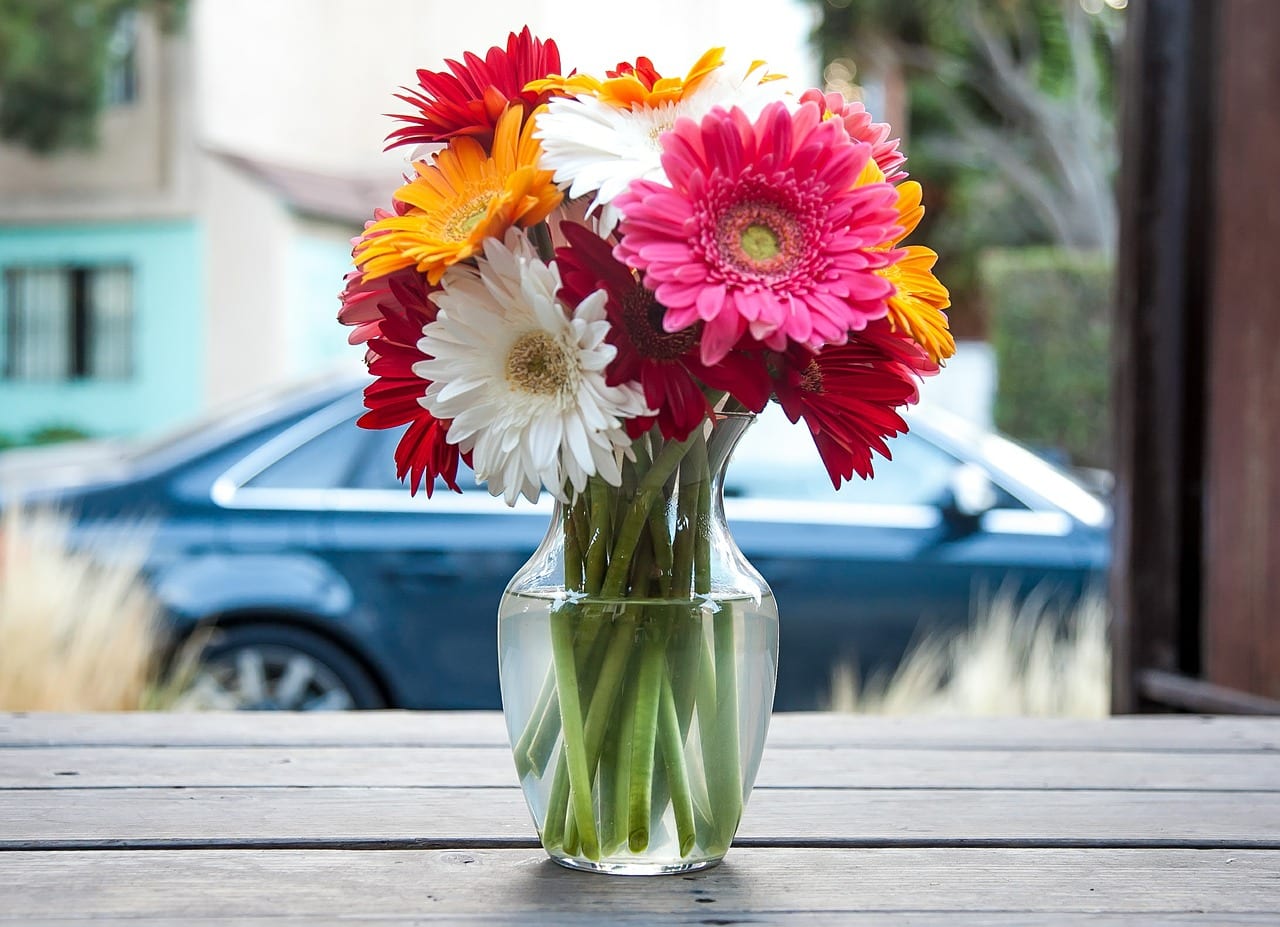
And if you want to know which are the easiest types of cleats to get, note:
Zantedeschia ethiopica (Common cove)
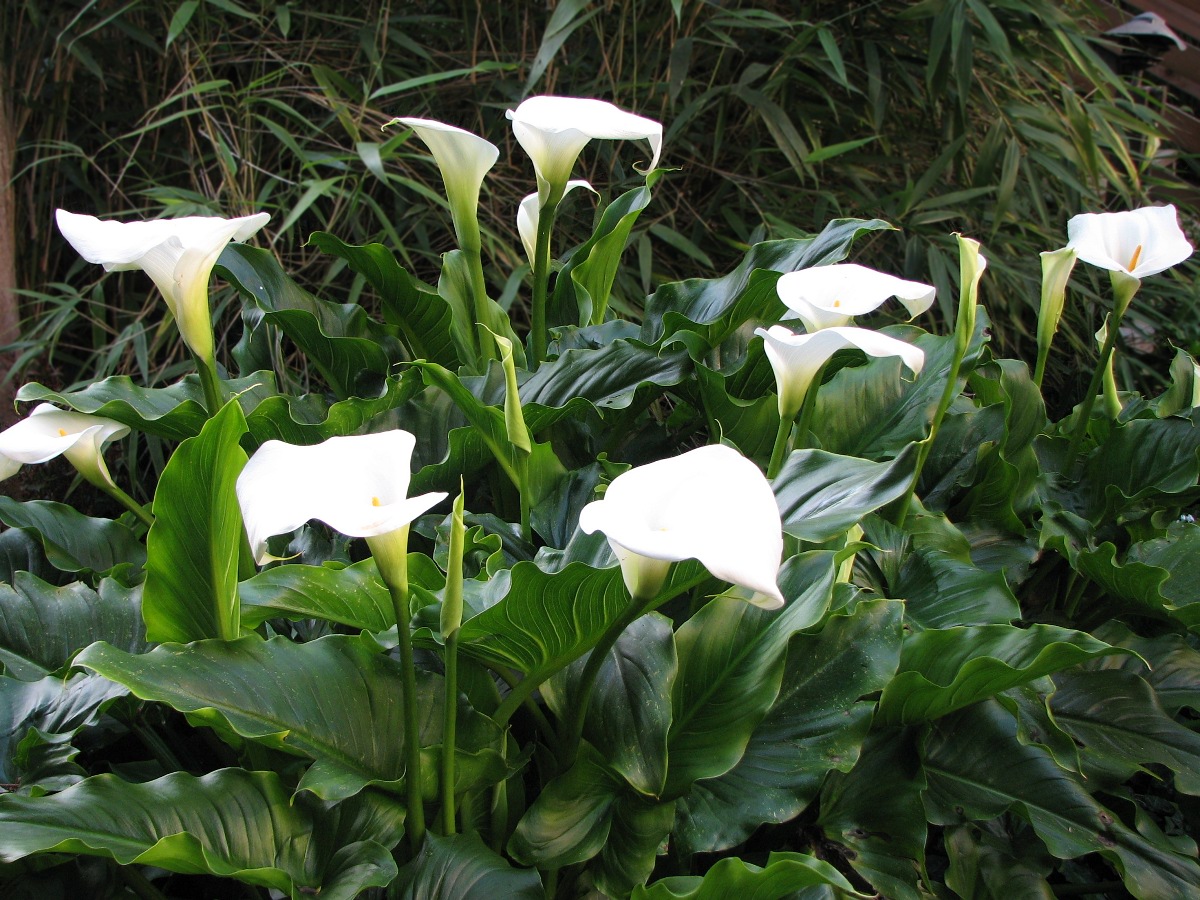
Image - Flickr / Seán A. O'Hara
Is the common cove. Known as creek, Ethiopian creek, water lily, jug flower, or Ethiopian ring, it is a species that reaches a height of between 60 and 100 centimeters in height. The leaves are sagittate and have a very long petiole, which measures approximately half the total height of the plant. Its inflorescence is usually white, although it can be red, lilac, or orange.
Zantedeschia albomaculata
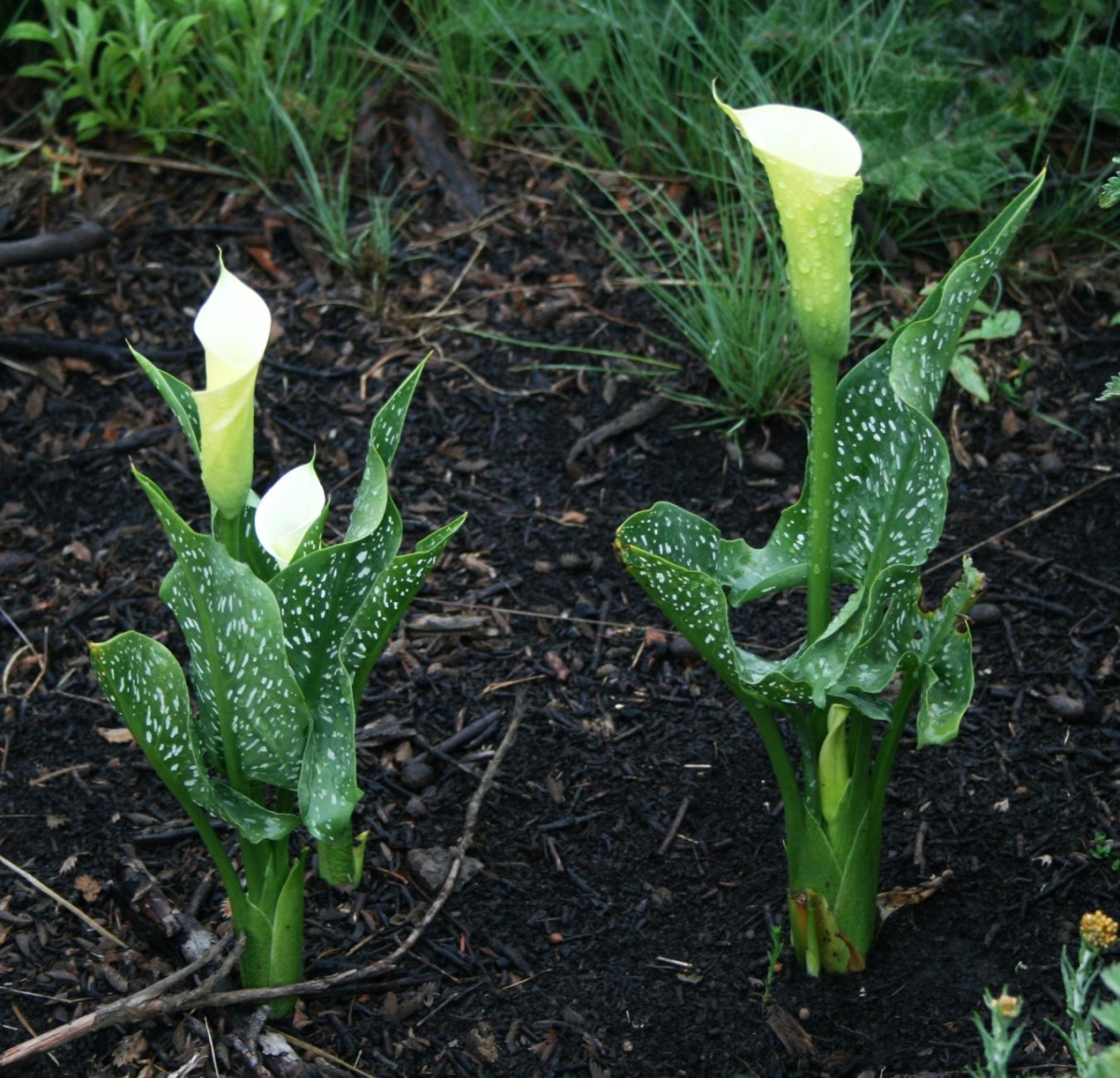
Image - Wikimedia / Franz Xaver
It is a type of cove that closely resembles the common variety; in fact, the only notable difference is that has green leaves with white spots, which is why it is known as white spotted cove. It is also slightly smaller, since it does not usually exceed 60 centimeters in height, but otherwise it is cared for in the same way.
Zantedeschia elliottiana (Yellow cove)
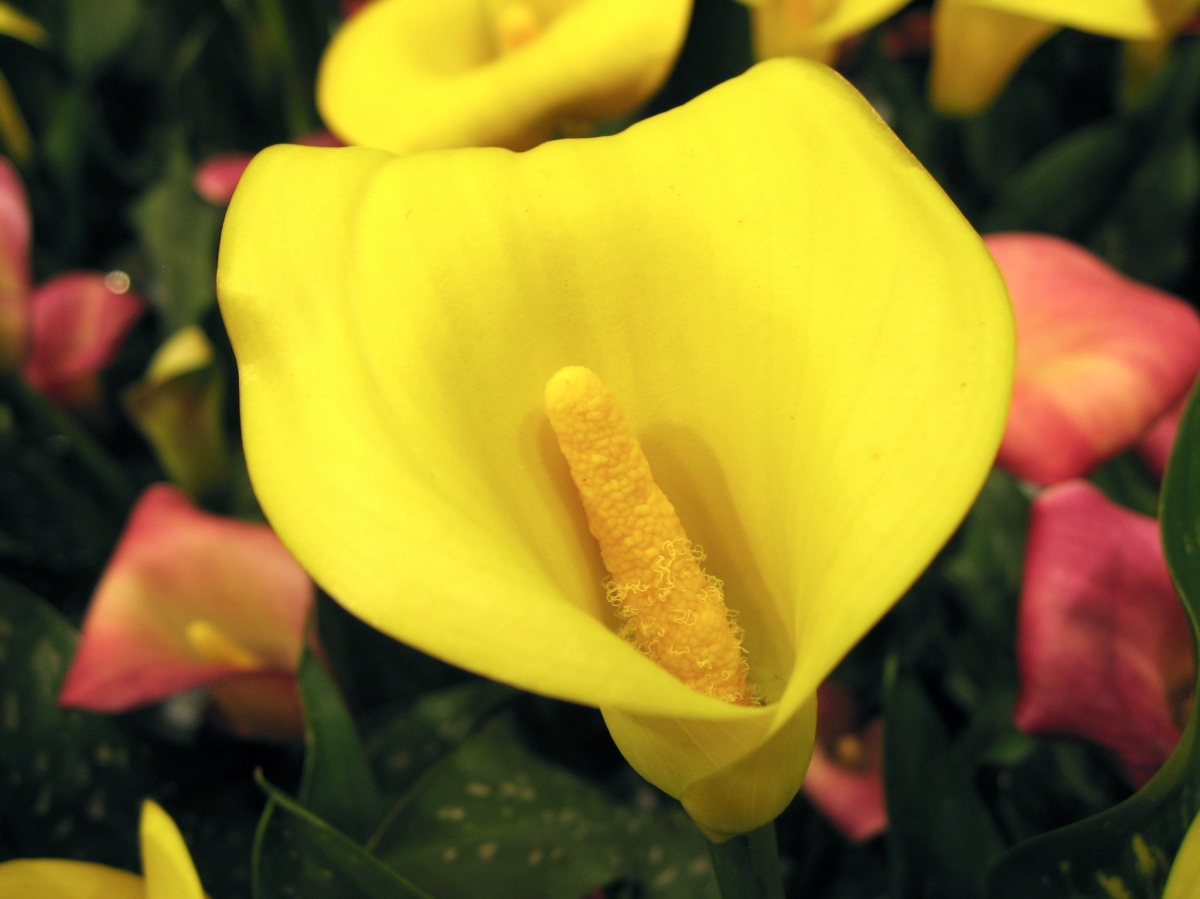
Image - Flickr / beautifulcataya
The yellow calla lily is a plant of which it is not very clear whether it is a natural species or a hybrid. In any case, we are talking about a species that reaches 60 centimeters in height, and that produces inflorescences whose spadix is bright yellow. As a curiosity, you should know that the Royal Horticultural Society's (Royal Horticultural Society) considers that it has such a high ornamental value, that it has given it the award of garden merit.
Zantedeschia jucunda
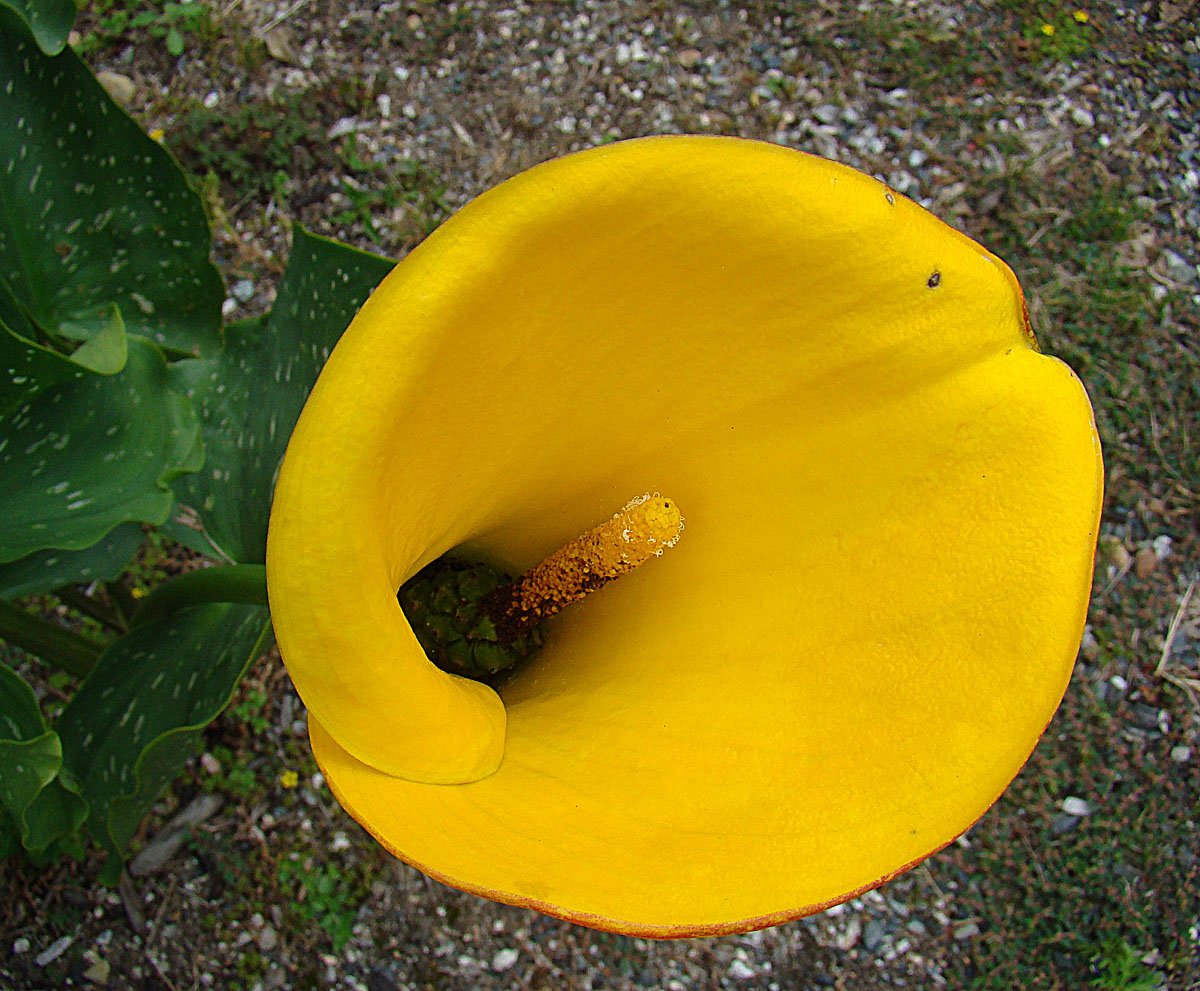
Image - Wikimedia / Dick Culbert
La Zantedeschia jucunda it is a plant that reaches a height of 50 centimeters. It has green leaves, and an inflorescence that can be light yellow or dark yellow.. It is similar to the Z. pentlandii that we will now see, but larger.
Zantedeschia odorata
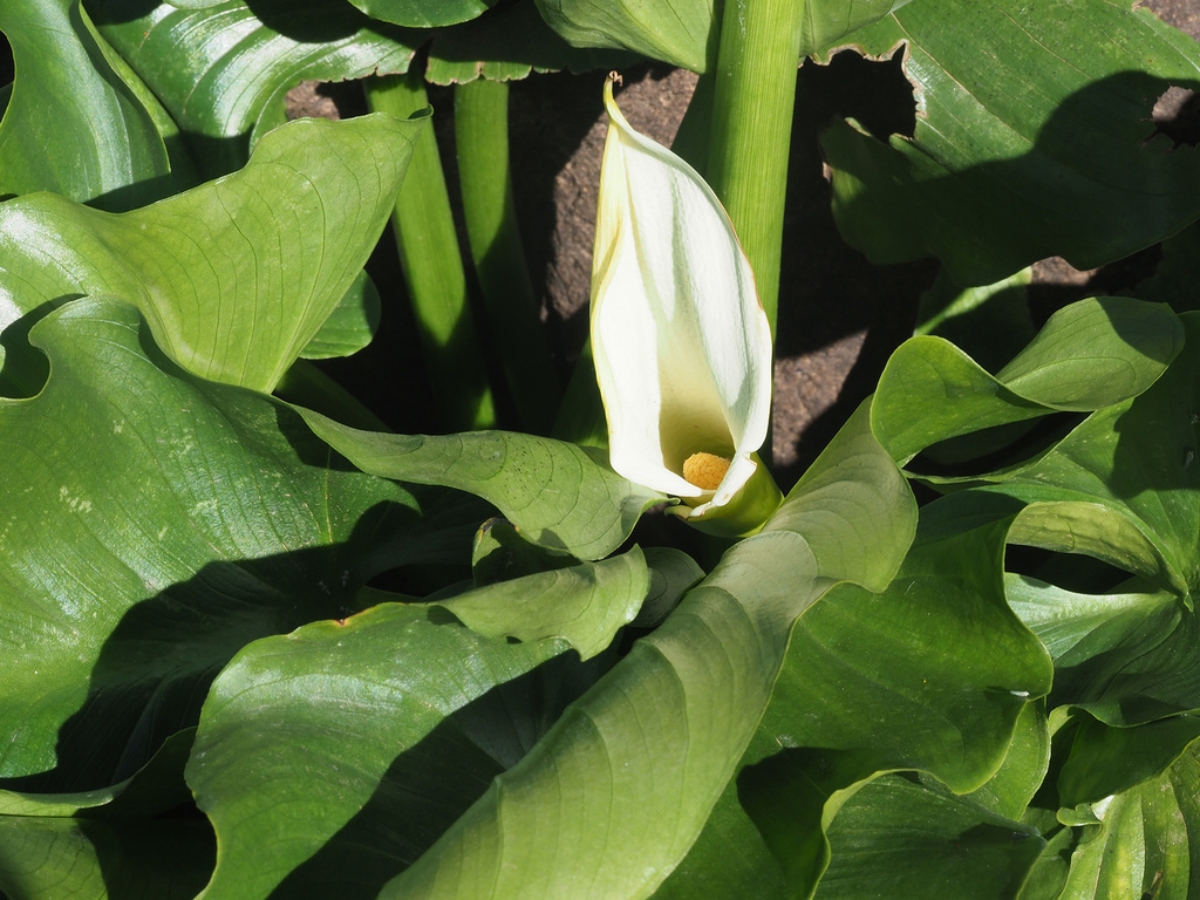
Image - colombia.inaturalist.org
It is a plant that reaches a height of between 75 centimeters and 1 meter. It has about 5-6 dark green leaves, and a white inflorescence. His surname, odorata, refers to the sweet aroma of said inflorescence.
Zantedeschia pentlandii
- Image - Wikimedia / Agnieszka Kwiecień, Nova
- Image - Wikimedia / Agnieszka Kwiecień, Nova
It is a type of cove that has leaves with little white spots. It grows to a height of 30 to 40 centimeters, and its inflorescence is usually yellow, although there are two cultivars that have them of another color: one of them is 'Captain Odeon', which produces them red, and 'Le Chique', which has them pink.
Zantedeschia rehmannii (Pink cove)
- Image - Wikimedia / Derek Ramsey
- Image - Wikimedia / HelloMojo
The pink cove, or red cove as it is also called, is a plant that reaches a height of 40 centimeters. It has green leaves, with spots, and produces pink or red inflorescences.
What is the care of the calla lilies?
Once we have known the varieties of calla lilies that we can find, now we have to know how to take care of them, since in this way we can ensure that they are well and, therefore, flourish, which in the end is what we all want. So let's get to it:
Location
The coves They must be in an area where they are directly exposed to the sun. Although they can be inside the house, in these conditions they usually have problems to bloom due to the lack of light, which is why we advise to always grow them outdoors. In case this is not possible, then they will be taken to a room with windows to put next to them. Then, it will only be a matter of rotating the pot every day so that all parts of the plants receive the same amount of light.
Soil or substrate
- Flower pot: If you are going to grow them in pots, we recommend planting them in one with a universal growing medium (for sale here). But yes, first of all put a thin layer of volcanic clay or clay balls (for sale here), so every time you water, the water that has not been absorbed will come out faster and the roots will be better.
- Garden: Calla lilies grow in nutrient-rich and well-drained soil. From my own experience I will tell you that they can do it without any problem in clay soils as long as they have good drainage. If you have doubts, the ideal is to make a 50 x 50 cm hole and fill it with a mixture of black peat with perlite (for sale here) in equal parts.
Irrigation and fertilizer
The watering of the coves must be frequent, especially during the summer. More or less, they should be watered about 4 times a week, except in winter they will be done once or twice. They can be near a pond, or have a plate under the pot in the warm months of the year.
Regarding the subscriber, in spring and summer they must be paid with natural fertilizers, such as earthworm humus, the guano (for sale here), or eggshells. Thus they will grow well, with health.
Plantation
Calla lilies bloom in spring, except late blooming ones that do even in autumn, so they should be planted a few months before, in autumn or at the latest in winter. If they are in a pot, check from time to time to see if roots are coming out of the holes, and change it to a larger one if that happens.
Rusticity
They are plants need heat to grow, but nevertheless they can resist weak frosts down to -4ºC.
What do you think of the types of coves that we have shown you?
